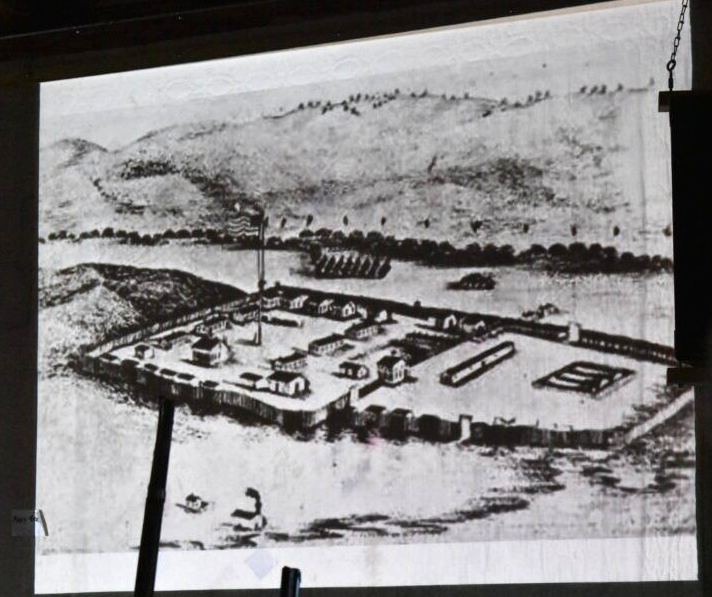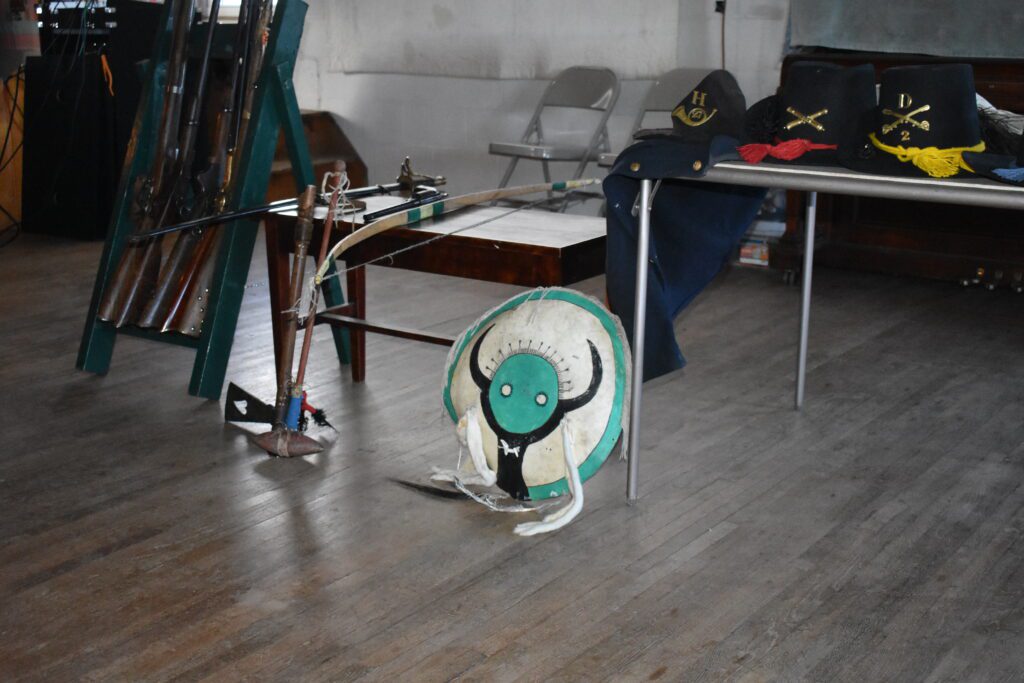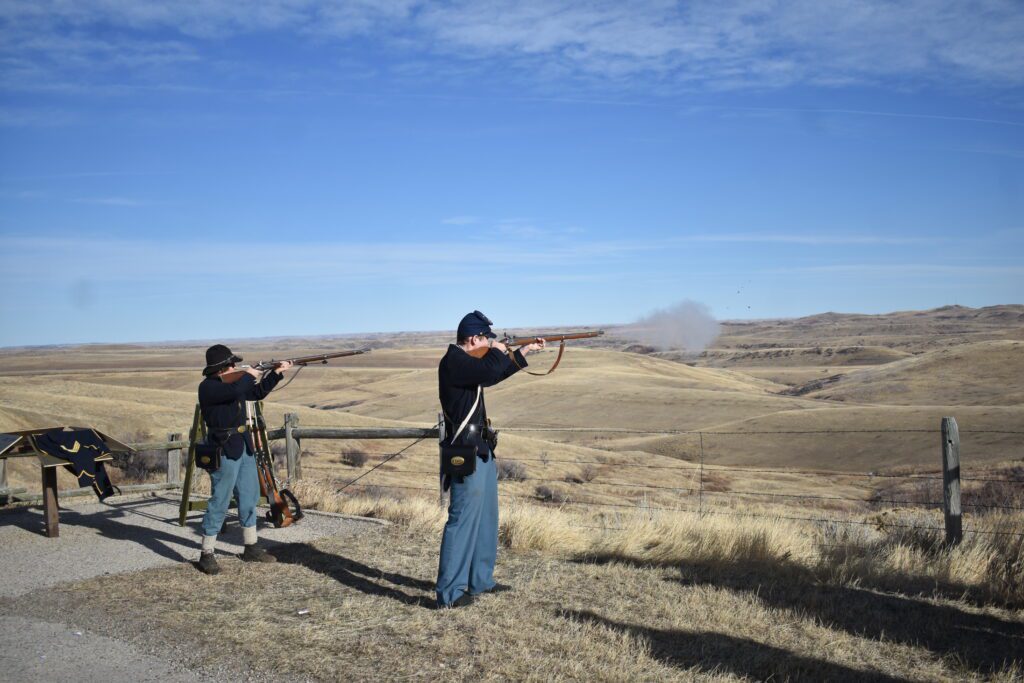News
Fetterman Fight Anniversary Talk and Tour

The Fetterman Fight, also called the Battle of a Hundred in the Hand, by the Native American forces, was fought on Dec. 21, 1866 near Fort Phil Kearny. On Dec. 21, 2024, the Fort Phil Kearny/Bozeman Trail Association hosted the annual talk and a tour of the battlefield.

Beginning at 10 a.m., two talks were held in Kearney Community Hall to a full house. Historian and former curator at Fort Phil Kearny, Sonny Reisch, gave his talk from the viewpoint of the army. He said he was using a presentation that was created by his friend, the late Bob Wilson.
He said that it wasn’t true that there were no survivors of the fight.
Donovin Sprague, an enrolled member of the Minnicoujou Lakota, who teaches Wyoming Tribal History, American Indian History & Culture at Sheridan College, talked about the battle and his family, who fought on the Sioux side of the battle.

He said most of the time people see photos of Carrington and Fetterman and then a picture of Red Cloud, as the United States Government gave him the title of the leader of the Indian forces up and down the Bozeman Trail.
Sprague talked about other encounters between the Indians and the soldiers that preceded the Fetterman Fight, such as Cole and Walker, who got themselves beaten pretty bad. “It was a big defeat of the US.” The Connor Battle was fought just outside of where the town of Ranchester is today. There is a park and a monument about the battle.

After the talks, the group went to the monument where there was a demonstration by the Fort Phil Kearny Regulars, who talked about the uniform and the guns the infantry and the cavalry used. One demonstration was the loading and firing of the old Springfield muzzle-loading rifles and then how much quicker the new breech loading rifles were.

Two of the regulars were horseback, and they explained that equipment for the cavalry was issued was somewhat different than the infantry, including the fact that the cavalry soldiers had sabers and pistols in addition to their carbines. They rode a McClellan saddle, they carried canteens and haversacks like the infantry, and they could wear either boots or the brogans. There is a leather loop on the saddle for the carbine, but the soldiers mostly stuck them in their boot, as they often got bucked off and would be alone with no rifle should the horse run off with the rifle still attached to the saddle.

They stressed that the equipment was mainly Civil War surplus for the Plains soldiers.

Spencer Morris, Tongue River Reservoir State Park Ranger and historian lead the tour of the battlefield, and at the monument he gave the audience an idea of what problems the infantry faced coming from the fort to the site of the battle.

The warm weather this year, with temperatures in the mid-40s, was a distinct contrast to the weather on that fateful day in 1866, where the day was reported to be very cold with a temperature of 21 below zero a few minutes after dawn. There was deep snow and icy conditions underfoot as well. The fight also took place on the Winter Solstice, the shortest day of the year.

